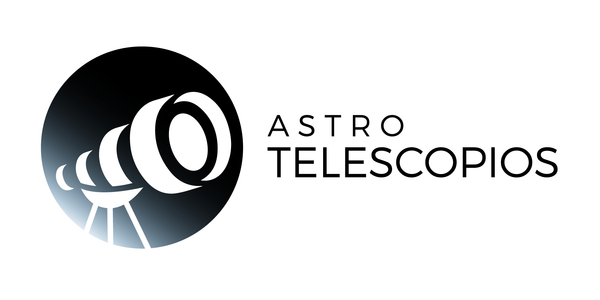
The Perseids: A Guide to Enjoying the Meteor Shower
Every year, during the months of July and August, the night sky offers an astonishing spectacle: the Perseid meteor shower. This event, one of the most popular and observed in the astronomical calendar, provides a unique opportunity to admire the beauty of the cosmos. The meteor shower gets its name from the constellation Perseus, from which the meteors appear to emerge. Below, we provide information on how and when to observe the Perseids, whether you are in the northern or southern hemisphere.
Origin and Nature of the Perseids
The Perseid meteor shower occurs when Earth passes through debris left behind by comet 109P/Swift-Tuttle . These tiny fragments of dust and rock enter Earth's atmosphere at high speeds, creating bright flashes as they disintegrate due to air friction. This event has been observed for over 2,000 years, with historical records dating back to ancient China.
When and Where to Observe the Perseids
Northern Hemisphere
The Northern Hemisphere offers the best conditions for observing the Perseids, as the constellation Perseus is most visible in this part of the world. The meteor shower peaks around August 12–13 , when up to 100 meteors per hour can be seen under optimal conditions.
Recommendations for Observation:
- Date and Time : The best time to observe is during the evenings around August 12, preferably after midnight until dawn.
- Location : Find a dark location, away from the light pollution of cities. National parks and rural areas are ideal.
- Equipment : No special equipment such as telescopes or binoculars is required; however, bringing a blanket or a reclining chair will allow you to observe more comfortably.
- Patience and Adaptation : Let your eyes adjust to the darkness for at least 30 minutes. Avoid looking at your cell phone or any bright light.
Southern Hemisphere
Although the Perseids are most visible in the Northern Hemisphere, they can also be observed from the Southern Hemisphere, especially at latitudes closer to the equator. However, the number of visible meteors will be lower because Perseus is closer to the horizon.
Recommendations for Observation:
- Date and Time : As in the Northern Hemisphere, the best time is around August 12-13, in the hours before dawn.
- Location : Find a location with a clear northern horizon and free of obstructions such as buildings or mountains.
- Equipment : Again, no special equipment is necessary. Blankets or reclining chairs can enhance the experience.
- Patience and Adaptation : Let your eyes adjust to the darkness for about 30 minutes and avoid bright lights to maximize visibility.
General Advice
- Weather and Forecast : Check the weather forecast to make sure the sky will be clear. Clouds can ruin your viewing.
- Apps and Tools : Use astronomy apps to identify the Perseus constellation and other celestial bodies. This can make the experience more educational and interesting.
- Company : Watch with friends or family. Besides being more fun, sharing the experience can make long hours of watching more enjoyable.
Conclusion
The Perseid meteor shower is a wonderful opportunity to connect with the cosmos and admire one of the most impressive natural spectacles. Whether you're in the northern or southern hemisphere, with a little planning and patience, you can enjoy this celestial event. So pack your gear, find a dark spot, and prepare to marvel at the Perseid shooting stars. Happy viewing!


